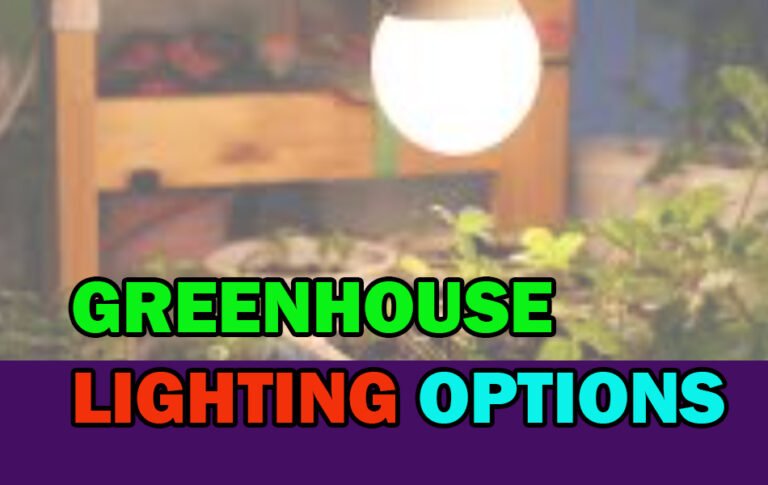As technology and growing practices advance, there has been a surge in greenhouse lighting options. There are so many options out there for you to choose from. You can grow all day and night, all year, or simply give your plants a longer growing season. With all these options, it is good to know what lighting might be ideal for your greenhouse.
Compact Fluorescent Lamps (CFLs)
These lamps have come into households as a cost-effective replacement for incandescent lighting. But as technology has advanced, they are finding their way into greenhouses to provide full-spectrum lighting to your plants. Full-spectrum lighting is for the plants that need something as close to real sunlight as possible, and these are a splendid choice for those winter months and areas where greenhouse plants don’t see as much sun as they need to. They can help your plants keep blooming later in the season, or you can get your seeds started earlier in the year.
If you’re using lamps, then you need to check the temperature range on the packaging to ensure that they will not put your plants in danger or be insufficient for their needs. Younger plants prefer cooler-temperature lighting, while mature plants will be better under warmer lights.
Metal Halide Lighting
These lamps are ideal for greenhouses, especially if your plants are mature. You would use these lamps in areas where there is little to no natural light because the light they provide is more akin to sunlight than the lighting from CFLs.
High-Pressure Sodium (HPS) Lighting
HPS lights are often found in parking lots or the lamps that are along highways. While metal halide lamps provide a crisp white light, HPS will have a warm white light. This means that they are best if combined with a natural light source and if you are trying to promote budding and flowering (anything beyond seedlings).
HPS bulbs have a long life, but you want to make sure they are getting replaced according to specifications by the manufacturer to ensure they are energy efficient. With the right fixtures, you can use both HPS and metal halide bulbs, depending on your lighting needs.
Light-Emitting Diode (LED) Lighting
LEDs are replacing all other bulbs, like CFLs and incandescent lamps, because of their energy efficiency. While you would pay a lot up front, the bulbs will eventually pay for themselves as they can last eight to ten years. They are easy to install, and LED fixtures are becoming more available for greenhouses. These will allow you to control how much light is being given off, so you can provide lighting that fits all your plants’ needs.
LEDs also run much cooler than other lighting options, which takes away the worry of having lamps too close to the plants.
HOW MUCH LIGHT DO YOU NEED?
That is a common question gardeners will have because this is yet another installation, so they want to make sure they get it right the first time. Your first considerations will be what plants you are growing and how much light they need. The sun should be your primary source, but how much light is available? Your greenhouse site might not be getting all of that sunlight, so this is going to affect the time your lights are turned on.
Now you have to think about the lumen output of the bulbs you want to use, followed by where your fixtures will be. If your fixtures are higher, you will get more coverage from a fixture, but how intense is that light? You want proper lighting for your plants, so this might mean more fixtures and different bulbs.
Young plants don’t need as much light, but your maturing plants will need more to ensure proper blooming. Besides lighting, you’re going to have to give your plants some space so they can receive the light they need.
Again, thinking about what plants you are bringing in is where you need to reflect. Plants like herbs and lettuce will also need less light because they are grown for their vegetation. If the lighting is too intense, they will not stay in their leafy stage. Fruiting plants need intense light and proper spacing to avoid producing small fruits when they reach maturity.
There is a lot to consider, but if you want the most of your greenhouse all year long, then you should get lighting into your greenhouse.

